Winter pruning is often a crucial aspect of a plant’s growth. But what plants should be pruned? And how much? Use this guide to help you decide what’s best for your outdoor plants.
When should you prune?
Prune when it results in the least amount of damage to the plant. In general, the best time to prune most plants is during later winter or early spring before growth begins. Minor pruning, removing less than 20% of the plant, can be done year-round.
Why should you prune?
- To train the plant
- To maintain plant health
- To improve the quality of flowers, fruit, foliage or stems
- To restrict growth
What plants need winter pruning?
Herbaceous perennials are plants that die back to the ground during winter and grow back in the spring, making them ideal candidates for pruning. Examples include Lantana, Cannas, Salvia, Mexican Mint Marigold, Turks Cap, Plumbago, and Ginger.
The first hard freeze will kill the top growth of several flowering and herbaceous perennials. Even if the plant is not entirely killed to the ground, it is good pruning practice to cut them back.
Trim off dead and winter-damaged portions of perennial flowers. There is no specific universal height to prune these plants back to. Instead, prune back until you find green inside the bark.
Herbaceous perennials with woody, thick branches (Sages, Mexican Oregano, Turk’s Cap) should be pruned back by at least half or more every year in late Winter. Additional examples of plants to cut back to 6 inches include Esperanza, Salvias, and Mexican Bush Sage.
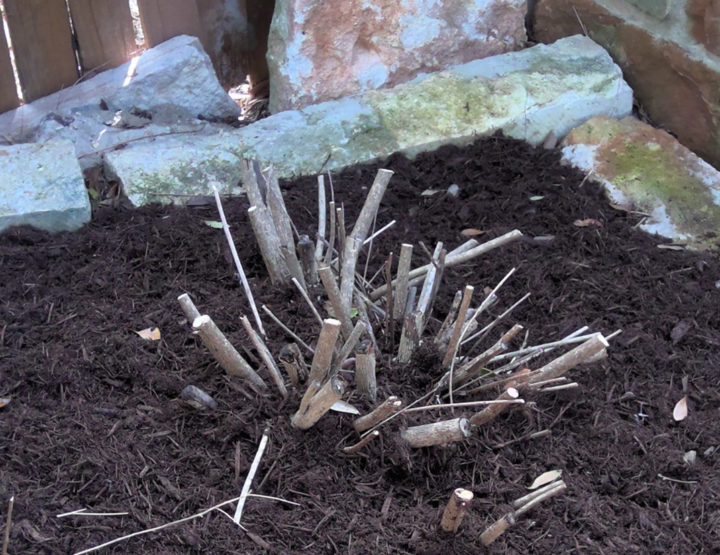
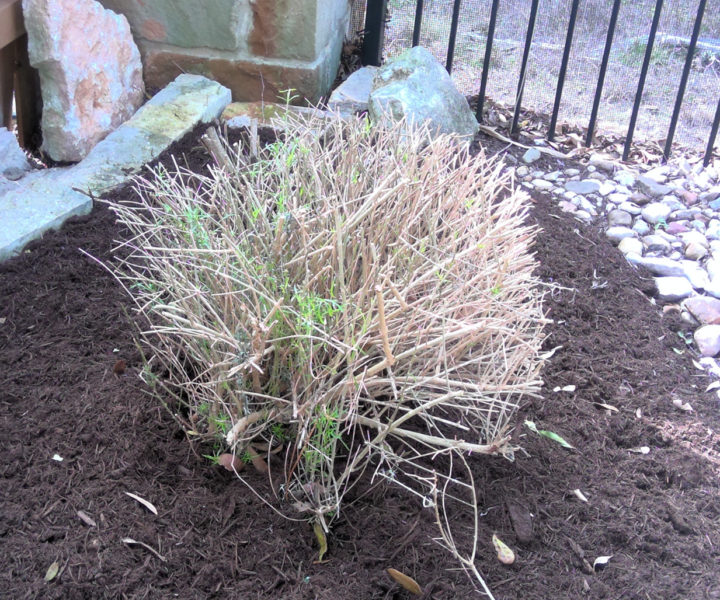
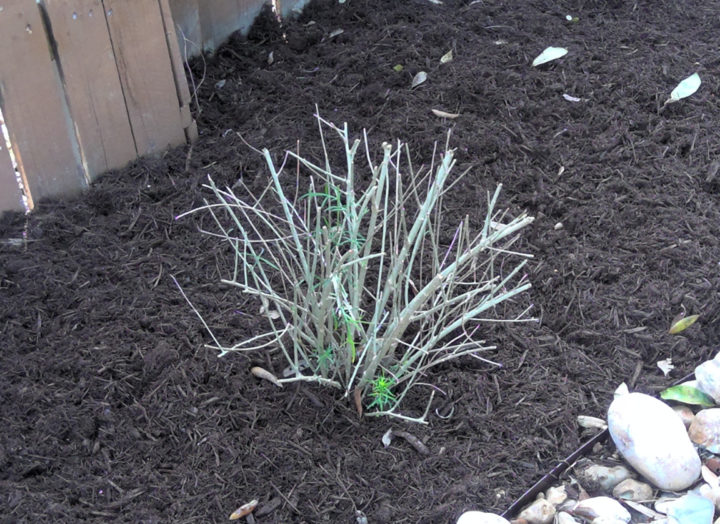
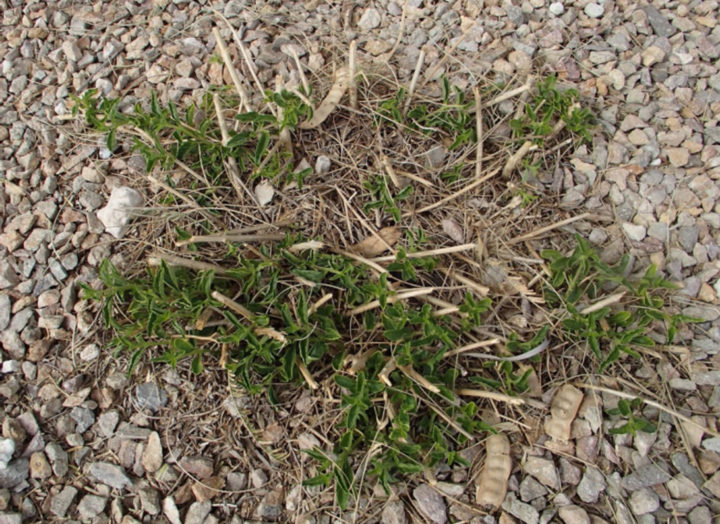
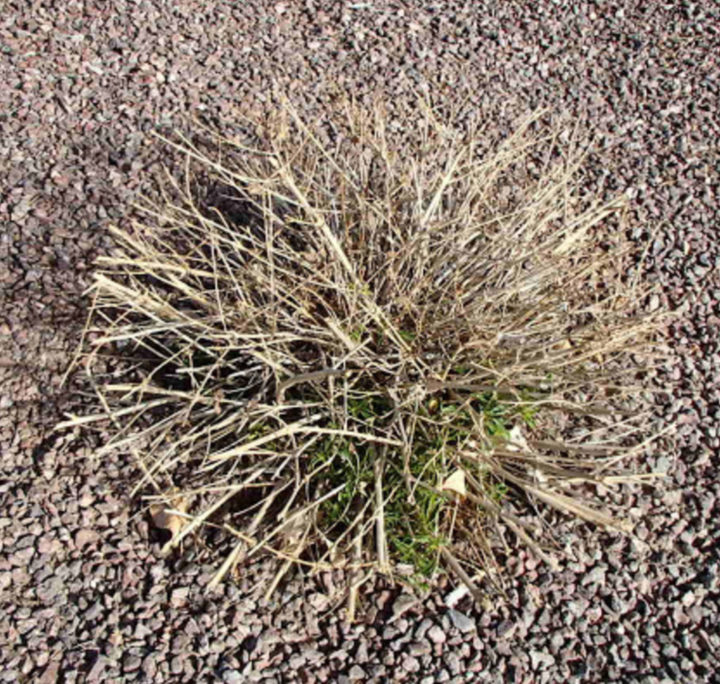
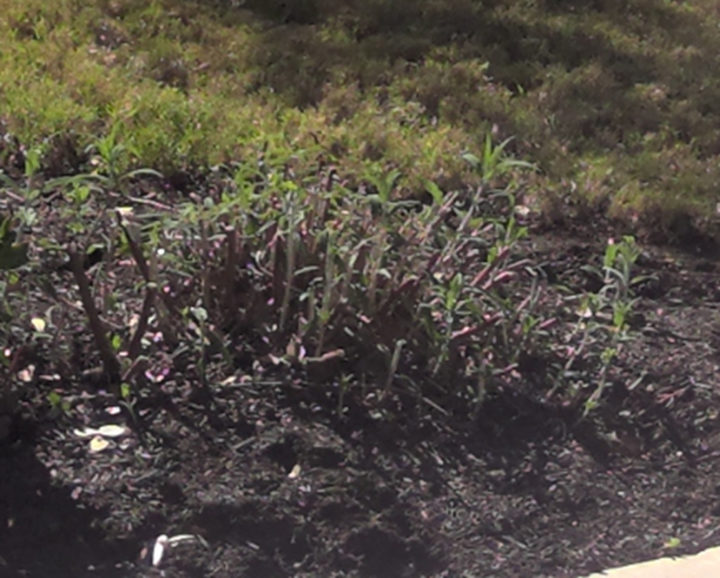
Ornamental grasses
For many ornamental grasses, cut back to 6 or 12” from the ground. Commonly used ornamental grasses we cut back in winter include Muhly, Maiden, Fountain, and Miscanthus.
We do not cut back Pampas grass. Likewise, Bicolor Iris looks like ornamental grass but it is not, and should never be cut back.
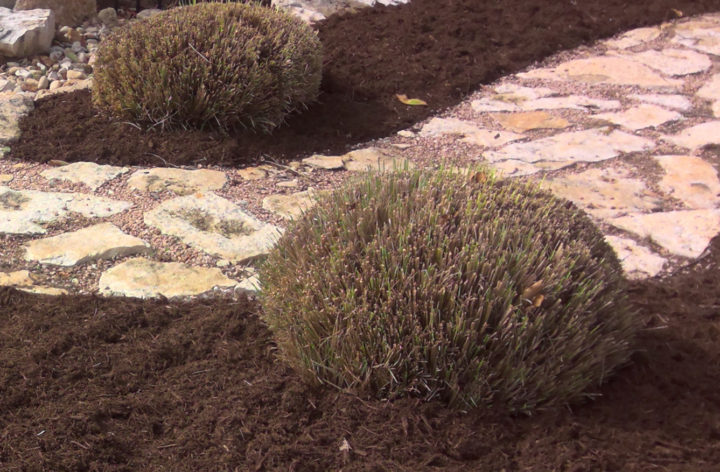
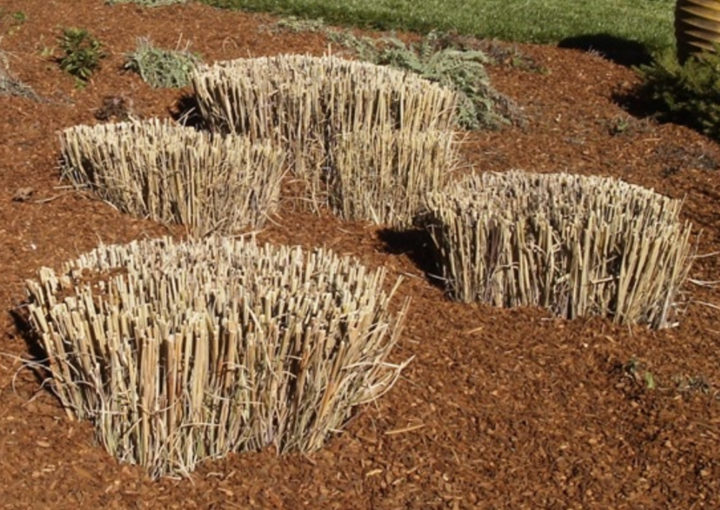
Crape Myrtles
Topping crape myrtles can destroy their natural beauty as they do not require pruning to bloom. Minor pruning is optional in late winter to remove dead and twiggy growth, rubbing branches and suckers.
Do not remove any branch larger than a pencil in diameter unless there is a good reason. (Some people like to call this “crape murder!”)
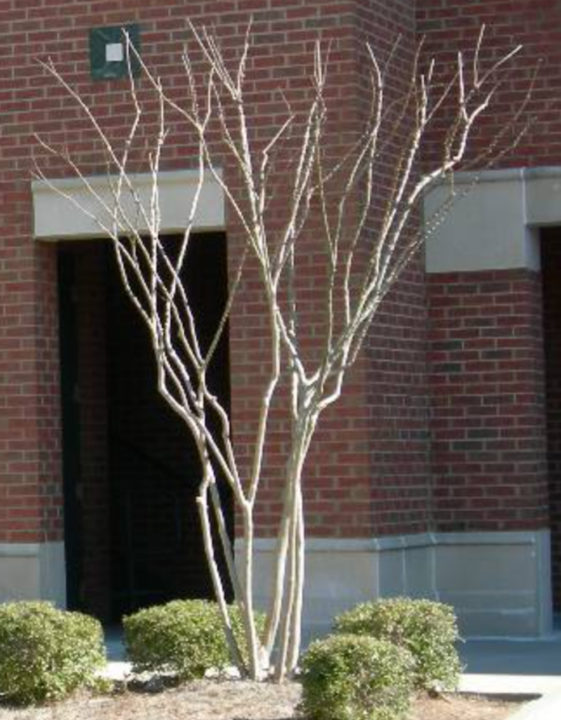
Roses
Hybridized and modern roses should be pruned back to 18-24 inches and have only 4 to 6 main stems (canes) each facing outward in a different direction to form a vase shape.
Old fashioned and antique roses require much less pruning than modern roses. Left unpruned, old fashion roses will naturally obtain a rounded shrub shape. Pruning of these roses should only be done to shape the plant, remove damaged branches, or promote new growth. Seldom prune off more than 1/3 of an old-fashioned rose’s height.
For spring-blooming climbing roses, prune immediately after they bloom and then only remove dead or damaged canes. Do not prune climbing roses in the winter.
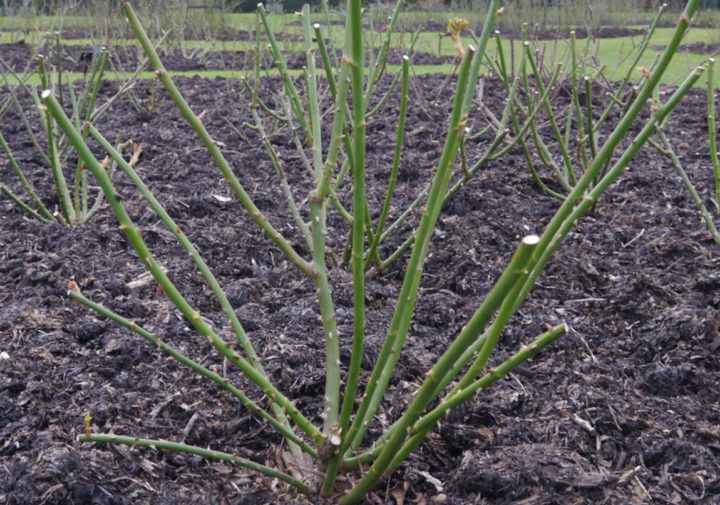
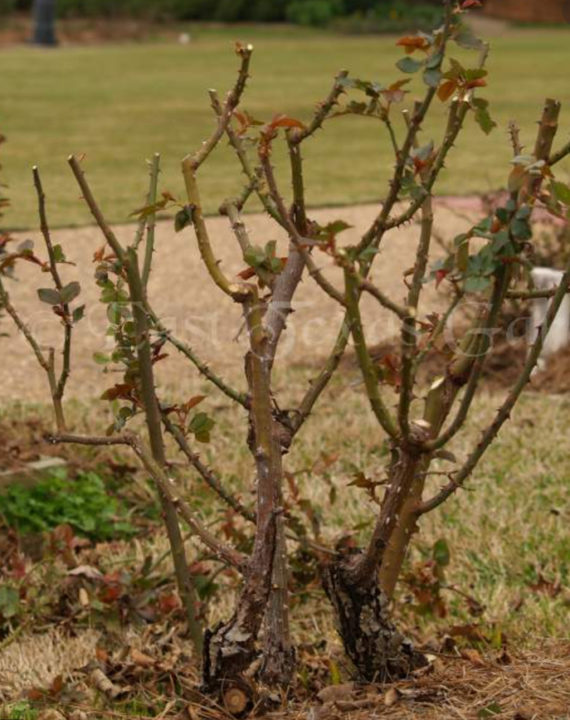
Groundcovers
Liriope and monkey grass stay green year-round, however, if they look tattered and brown they can be cut back to 2-3” tall. Asian Jasmine and most ivy can be cut back to a few inches high but it is only recommended if the plant looks ragged. For Cast Iron Plant you only need to remove old brown stalks to the ground.
Summer-blooming shrubs
These plants bloom on shoots that grow from spring (same year or season’s growth) and should be pruned in late winter. Examples include Butterfly bush, Crape Myrtles, Abelia, Hydrangea,(most) Roses, and Vitex.
Let’s get to work!
We hope this guide can help you as you decide what plants should be pruned and by how much (if at all.) Don’t be afraid to be proactive and shape your plants and shrubs so that their natural beauty will shine forth this spring.
If you have questions about pruning or other landscaping topics, feel free to contact us for a free estimate.
This blog was originally published March 3, 2022.

